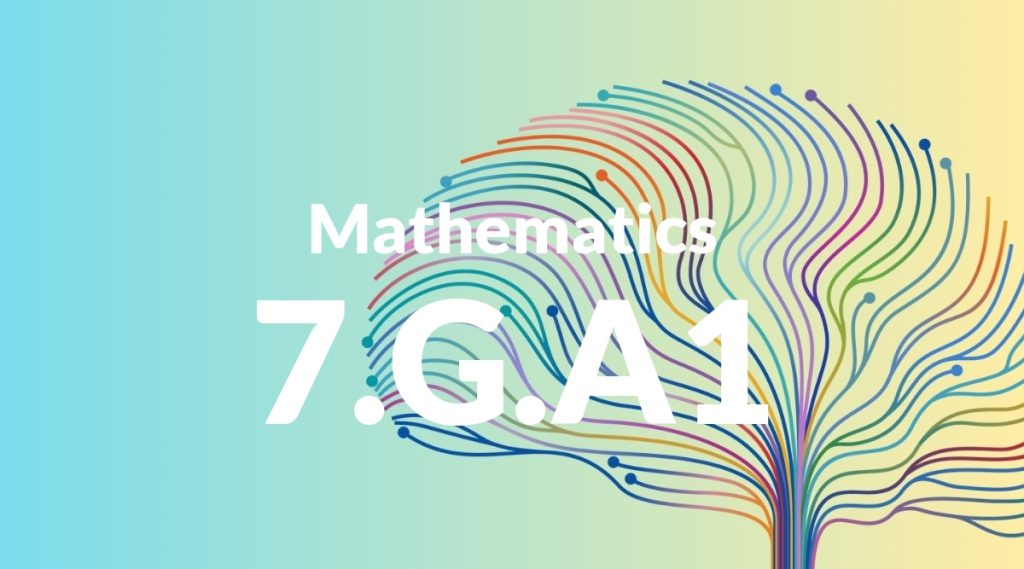Standard: 7.G.A1 – Solve problems involving scale drawings of geometric figures, including computing actual lengths and areas from a scale drawing and reproducing a scale drawing at a different scale.
Grade level: Grade 7
Subject: Mathematics
Domain: Geometry
Teacher Overview
This standard focuses on solving problems involving scale drawings of geometric figures, which is a fundamental skill in geometry. It is crucial for students to understand how to compute actual lengths and areas from a scale drawing and how to reproduce a scale drawing at a different scale. This knowledge is essential for real-world applications such as architecture, engineering, and design. Students should have a solid understanding of basic geometric shapes, the concept of scale, and how to measure lengths and areas. They should also be comfortable with basic arithmetic operations and unit conversions.
After mastering this standard, students will be prepared to tackle more complex geometric transformations, such as rotations, reflections, and translations. They will also develop an understanding of similarity and congruence in geometric figures.
Common Misconception 1
A common misconception is that the scale factor applies only to lengths and not to areas. This is incorrect because the scale factor affects all dimensions of a figure, including its area, which changes by the square of the scale factor.
Intervention 1
To address this misconception, use visual aids and hands-on activities to show how both lengths and areas change with the scale factor. Provide practice problems that emphasize this relationship and encourage students to explain their reasoning.
Common Misconception 2
Another common misconception is confusing the units of measurement when converting between scales. Students might forget to convert units or incorrectly apply the scale factor.
Intervention 2
To remediate this, teach students to always include units in their calculations. Provide examples that require unit conversions and practice problems that highlight the importance of consistent units.
Prerequisite Knowledge
Students should understand basic geometric shapes, the concept of scale, and how to measure lengths and areas.
Subsequent Knowledge
Students will develop skills in more complex geometric transformations, including rotations, reflections, and translations, as well as an understanding of similarity and congruence in geometric figures.
Instructional Activities
- Create a scale drawing of your classroom and compute the actual lengths and areas.
- Design a scale model of a dream house and present it to the class.
- Use graph paper to draw a scaled version of a city park.
- Work in groups to map out a garden layout to scale.
- Convert a small-scale drawing to a larger scale and vice versa.




